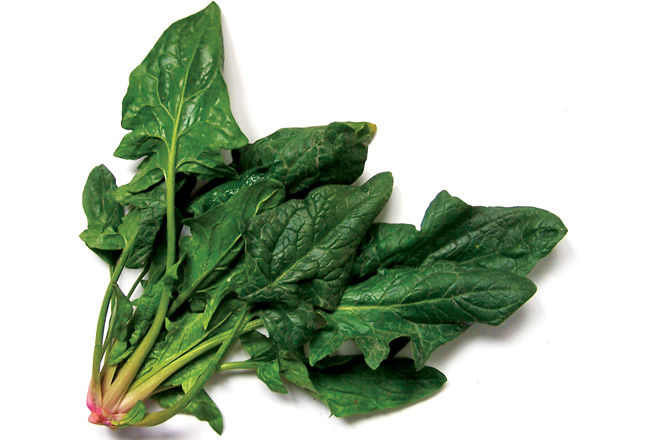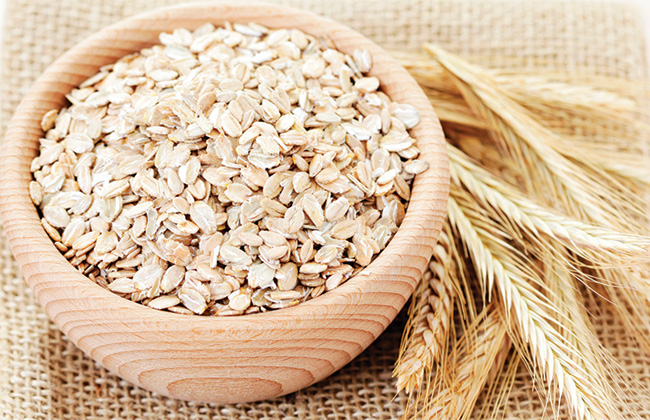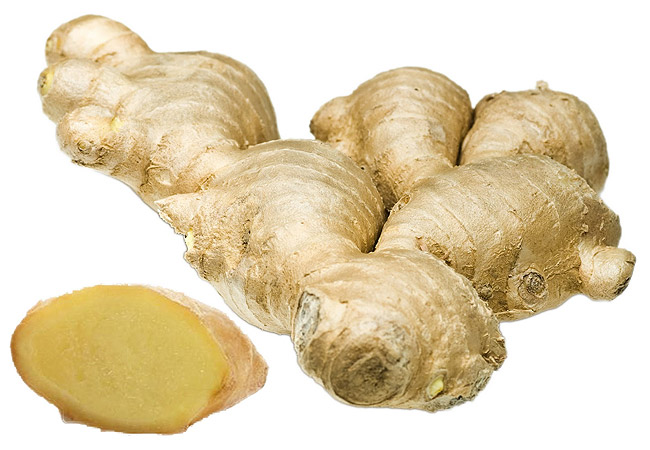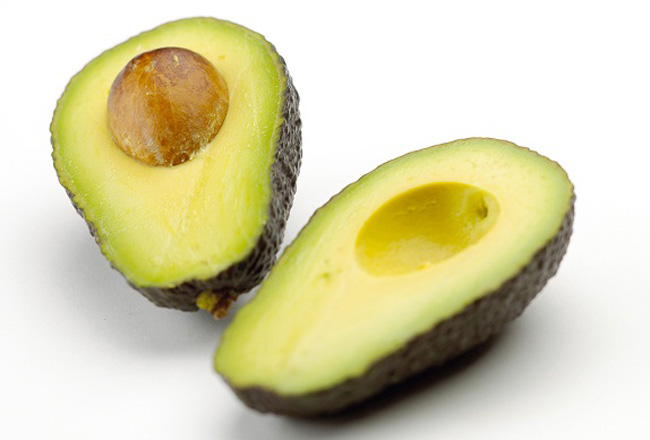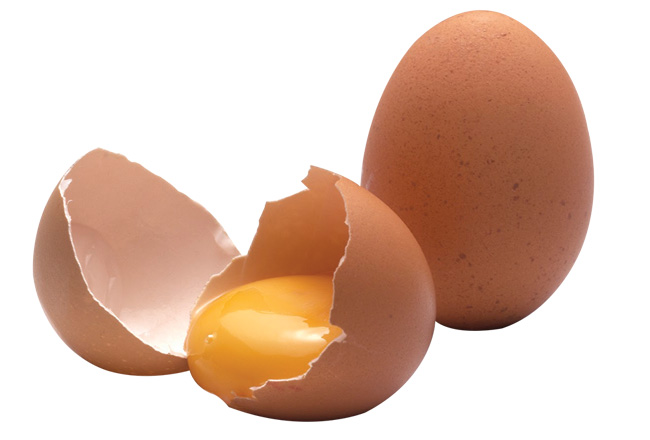A diet approach demanding that adherents go months without food makes the 5:2 diet look positively tame. But is there any merit to fasting?
If you think subsisting on a quarter of your calorie output two days a week is extreme, wait until you hear about a protocol that prohibits food, period.
How long can you go without food?
Breatharians claim that food and water are not needed for survival. Humans can be sustained solely by prana (breath) and the energy of the sun, they claim. Australian-born breatharian Jasmuheen, nee Ellen Greve, says she lives on 300 calories a day. The minimum prescribed for women seeking weight loss is 1,200.
While mainstream science suggests that the rations couldn’t possibly fuel essential body functions, there are plenty of walking anecdotes that argue to the contrary.
Yoga instructor and physiotherapist Simon Borg-Olivier is one such proponent of food amnesties. The body can be trained to operate without food without causing damage, he claims. The proof? Borg-Olivier’s own self experiments. He started experimenting with fasting about 30 years ago after 20 years of yogic breath control practice.
“The ability to not eat much and sustain it in a way where you don’t lose weight, feel sick or get spaced out is directly proportional to your ability to limit the amount of air you breathe in,” he says. “The less you breathe, the less you eat and the less you have to sleep.” Like breatharians, Borg-Olivier credits yogic pranayama. “If you learn to breathe less than normal, your desire for food decreases and your ability to live off small amounts of food increases.”
So efficient has his body become that Borg-Olivier says he once gained two kilos on a 56-day juice fast. “I attribute that to being able to absorb the nutrients in the juice,” he says.
Weight of evidence
The aim of the fasting peddled by breatharians and Borg-Olivier isn’t weight loss, but physiology says it’s a likely fringe benefit.
Accredited practising dietitian Dr Alan Barclay from the Dietitians Association of Australia says short stints are harmless.
“As far as benefits to the body, going for a day won’t harm the body, but if you fast for longer you immediately use up your body’s glycogen stores as an energy fuel so you lose weight fairly rapidly.”
Professor Jennie Brand-Miller from the Australian Academy of Science warns against long periods without food.
“Short fasts may have some merit in the current environment because they balance calorie excess and give the tissues a little rest,” she says. “But short means less than 24 hours. Longer fasts might have adverse effects – we run down our carbohydrate and antioxidant supplies pretty quickly.” If you do hang up your fork, in the first few days you’re likely to drop one to two kilos a day (don’t get too excited; it’s attributable mainly to negative sodium balance/salt and water diuresis). After three weeks of fasting you can expect to lose around 330 grams per day.
The body can go only two to three days without water, but it can survive for longer without food. Prof Brand-Miller says in the short term we can hold out for 12 to 24 hours before our carbohydrate stores are empty and we need to begin breaking down fat and protein to provide fuel for the brain. “In the longer term, we can go without food (but not water) for four to eight weeks, drawing on stores of fat and protein to keep the engine going,” she says.
Dr Barclay concurs, explaining that differences in body weight explain why one person can go longer than another sans sustenance. Women are likely to survive for longer than men because of the higher proportion of fat stores and less muscle mass, which requires more calories to maintain.
Rebound weight
This is where the theory loses its lustre for weight loss wannabes. Remember the couple of kilos in the first few days? The reverse is likely to happen when you reintroduce food. Every gram of glycogen stored comes with two to three grams of water, meaning that simply replenishing 300 grams of glycogen will show on the scales as over a kilo. Chances are you’ll have neither lost nor gained an ounce of fat but you’ll probably feel bloated and, probably, panicked. Perhaps most frighteningly there is a real chance of gaining real weight in response to conditions imposed during a fast.
“Sooner or later the body runs out of its preferred fuel source, glycogen, and starts to break down muscles and organs to use as fuel – which is bad news,” says Dr Barclay. That means permanently reducing the number of calories your body burns per day, making it easier to gain weight on less food.
“If you lose a lot of muscle or organ mass, that’s the most metabolically active tissue, so you would have to build it up again,” says Dr Barclay. “Muscles obviously require exercise and a well-balanced diet with sufficient protein. When you get back to your normal ways you’ll put on proportionately more fat.”
Juice fasts
A more moderate approach made famous by the likes of Gwyneth Paltrow is juice fasting.
“A juice fast helps to stir up toxins and waste in the body, and helps us to pass it from our system,” says Vicki Standley from Mullum Sari Natural Health Centre. “Juicing ensures we retain as much mineral elements and vitamins as absolutely possible in the most condensed form.”
She says a juice fast shouldn’t last longer than two weeks, with a two-to-three-day break at the end of the first week. “Juicing will relieve your digestive system of all the hard work required to liquefy solid food – this takes minutes as opposed to about five hours – but ensures your body is still adequately nourished for the duration of the fast.”
NEXT: Can regular fasting delay the ageing process?
{nomultithumb}
